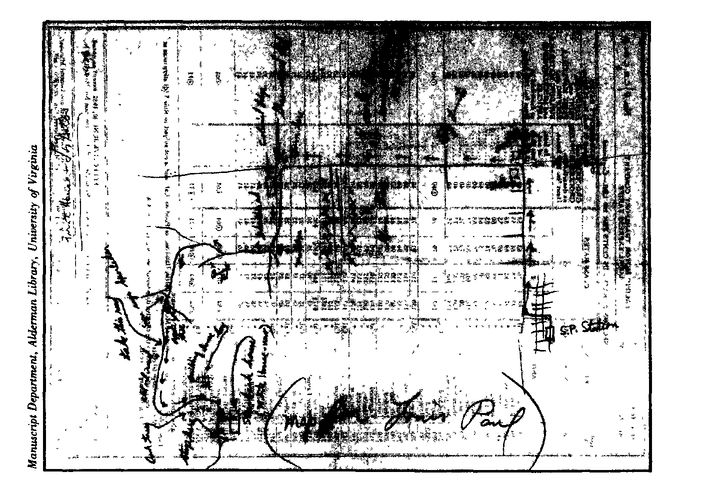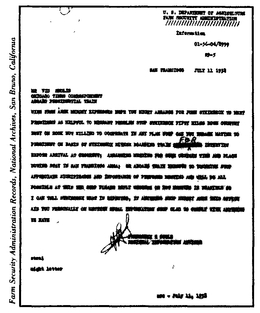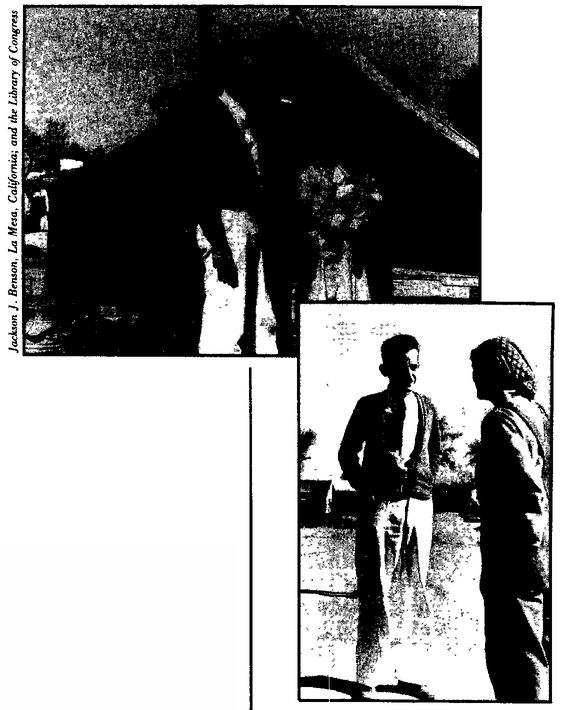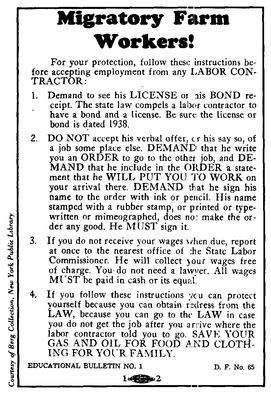Working Days (15 page)
Authors: John Steinbeck

Entry #69
Sept[ember] 12 [1938]—10:50 [Monday]
Sept[ember] 12 [1938]—10:50 [Monday]
119-120
Things get no more peaceful. Today Hitler
*
is to make his war or peace speech. That may toss the world into a mess. Apparently the whole world is jittery about it. All armies mobilized. It might be a shambles by tomorrow. And it might recede for a while. Can’t tell. And personally there are so many things. New books are here [Ed.
—The Long Valley].
Haven’t seen them yet. Go for them later. Tom was here. Little trouble Saturday because of liquor and talk. Alice Cohee due today. I hope after our work is done. Stones will get off the ranch on Friday they say. Lawrence is starting work on the new house tomorrow. How I wish we would be in on it. But we can’t. I want Carol to catch up with me. Then she can quit and work at the house. She should catch up in two weeks. I must untighten my jaw. Too many things are happening. Must be calm and not disgusted. But it is hard because I have been working too long on this book, longer than on anything in my life. If this book is bad, I’m going to be terribly disappointed. Today Ma meets the ladies committee [Ed.—Chapter 22] and it must have some charm. It must. It can’t flop because here is the great contrast. Here is the tremendous contrast. It must be charming. And I am late getting started today. Jaw is too tight.
*
is to make his war or peace speech. That may toss the world into a mess. Apparently the whole world is jittery about it. All armies mobilized. It might be a shambles by tomorrow. And it might recede for a while. Can’t tell. And personally there are so many things. New books are here [Ed.
—The Long Valley].
Haven’t seen them yet. Go for them later. Tom was here. Little trouble Saturday because of liquor and talk. Alice Cohee due today. I hope after our work is done. Stones will get off the ranch on Friday they say. Lawrence is starting work on the new house tomorrow. How I wish we would be in on it. But we can’t. I want Carol to catch up with me. Then she can quit and work at the house. She should catch up in two weeks. I must untighten my jaw. Too many things are happening. Must be calm and not disgusted. But it is hard because I have been working too long on this book, longer than on anything in my life. If this book is bad, I’m going to be terribly disappointed. Today Ma meets the ladies committee [Ed.—Chapter 22] and it must have some charm. It must. It can’t flop because here is the great contrast. Here is the tremendous contrast. It must be charming. And I am late getting started today. Jaw is too tight.

The Steinbecks’ first Los Gatos house, Arroyo del Ajo (Garlic Gulch), where they lived from 1936 through 1938, and where the novelist wrote all of
The Grapes of Wrath.
[Steinbeck made the stake fence and the sign himself.]
The Grapes of Wrath.
[Steinbeck made the stake fence and the sign himself.]

Contemporary view of the Santa Cruz Mountains from the front of the house the Steinbecks built at the Biddle Ranch, near the Summit, Los Gatos. Its breathtaking view and secluded site inspired Steinbeck to call it “the most beautiful place I have ever seen.” (See Entry 46.)

Steinbeck’s hand-drawn map for Louis and Mary Paul, showing directions to the Steinbecks’ house, Los Gatos (this area is now Monte Sereno).

Frederick R. Soule’s letter concerning plans for Steinbeck to meet President Roosevelt. (See Entries 34 and 35.)

Photographs of Thomas Collins (“To TOM who lived it”) by Dorothea Lange, circa 1936, at Weedpatch, Kern County Migrant Camp, Arvin, California. Besides providing Steinbeck with guidance, information, and documents, Collins also served as the model for Jim Rawley, manager of the government camp in
The Grapes of Wrath.
The Grapes of Wrath.

Carol Steinbeck (“To CAROL who willed this book”), photographed in 1941 near the swimming pool behind the Steinbecks’ Summit home, Los Gatos.

The opening page of the holograph manuscript of
The Grapes of Wrath.
“... I feel that this is Carol’s book so I gave her the manuscript,” Steinbeck told Pascal Covici in 1939 (Steinbeck and Wallsten, eds.,
Steinbeck: A Life in Letters,
p. 180). Carol sold the manuscript fifteen years later through the San Francisco rare-book dealer Warren R. Howell. It was purchased by Clifton Waller Barrett and is now housed at the University of Virginia.
The Grapes of Wrath.
“... I feel that this is Carol’s book so I gave her the manuscript,” Steinbeck told Pascal Covici in 1939 (Steinbeck and Wallsten, eds.,
Steinbeck: A Life in Letters,
p. 180). Carol sold the manuscript fifteen years later through the San Francisco rare-book dealer Warren R. Howell. It was purchased by Clifton Waller Barrett and is now housed at the University of Virginia.
Inside front cover of first edition of
The Grapes of Wrath,
showing placement of Julia Ward Howe’s “Battle Hymn of the Republic” (1862). It was the source for the novel’s title, discovered by Carol on September 2, 1938. “... Carol got the title last night
’The Grapes of Wrath.’
I think that is a wonderful title.... The book has being at last.” (See Entry 63.)
The Grapes of Wrath,
showing placement of Julia Ward Howe’s “Battle Hymn of the Republic” (1862). It was the source for the novel’s title, discovered by Carol on September 2, 1938. “... Carol got the title last night
’The Grapes of Wrath.’
I think that is a wonderful title.... The book has being at last.” (See Entry 63.)

Educational Bulletin No. 1,
distributed to migratory workers in California. Steinbeck drew on the first two points for the scene in Chapter 20 of
The Grapes of Wrath
where Floyd Knowles challenges the unlicensed work contractor.
distributed to migratory workers in California. Steinbeck drew on the first two points for the scene in Chapter 20 of
The Grapes of Wrath
where Floyd Knowles challenges the unlicensed work contractor.

Steinbeck worked on Chapter 20 (Chapter 8 in the manuscript) of
The Grapes of Wrath
from August 18 through September 3, 1938. The chapter covered fourteen pages in his 18-by-12-inch lined ledger book. At the bottom of manuscript page 109, he added, “long son of a bitch too.”
The Grapes of Wrath
from August 18 through September 3, 1938. The chapter covered fourteen pages in his 18-by-12-inch lined ledger book. At the bottom of manuscript page 109, he added, “long son of a bitch too.”

Sample pages from the typescript of
The Grapes of Wrath,
submitted directly to McIntosh and Otis, and then to The Viking Press. Carol Steinbeck’s typescript (which was the second, and final, draft of the novel) was so clear that a third draft was not needed: “... there is to be no final draft, thank goodness,” Steinbeck wrote. (See Entry 98.)
The Grapes of Wrath,
submitted directly to McIntosh and Otis, and then to The Viking Press. Carol Steinbeck’s typescript (which was the second, and final, draft of the novel) was so clear that a third draft was not needed: “... there is to be no final draft, thank goodness,” Steinbeck wrote. (See Entry 98.)
Other books
The Charming Quirks of Others by Alexander Mccall Smith
Lord Grizzly, Second Edition by Frederick Manfred
The Heat Is On (Boston Five Book 1) by Anderson, Poppy J.
Fair Play by Tracy A. Ward
Me Myself Milly by Penelope Bush
Night of Jinxes, A Moonlight Dragon Short Story by Tricia Owens
The King's Daughters by Nathalie Mallet
A Deadly Lesson (Storage Ghost Murders Book 5) by Larkin, Gillian
Devil's Bargain by Jade Lee
